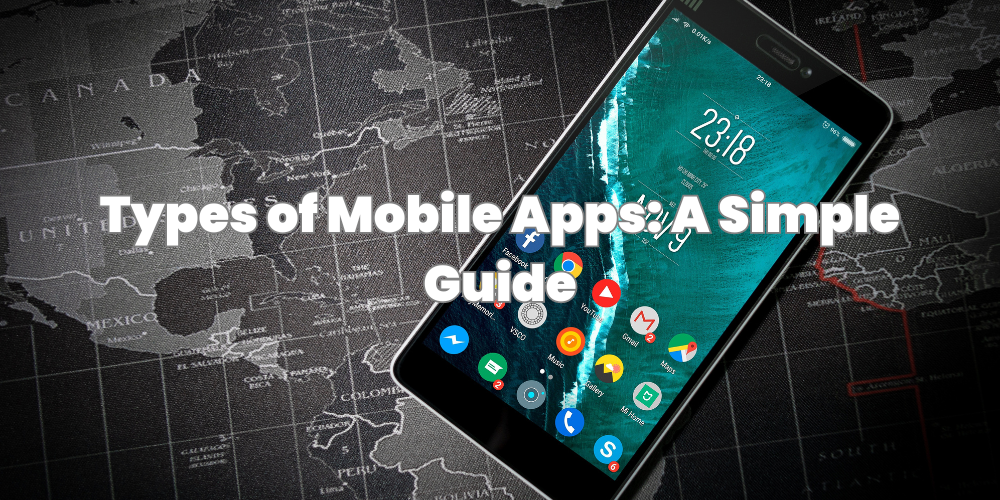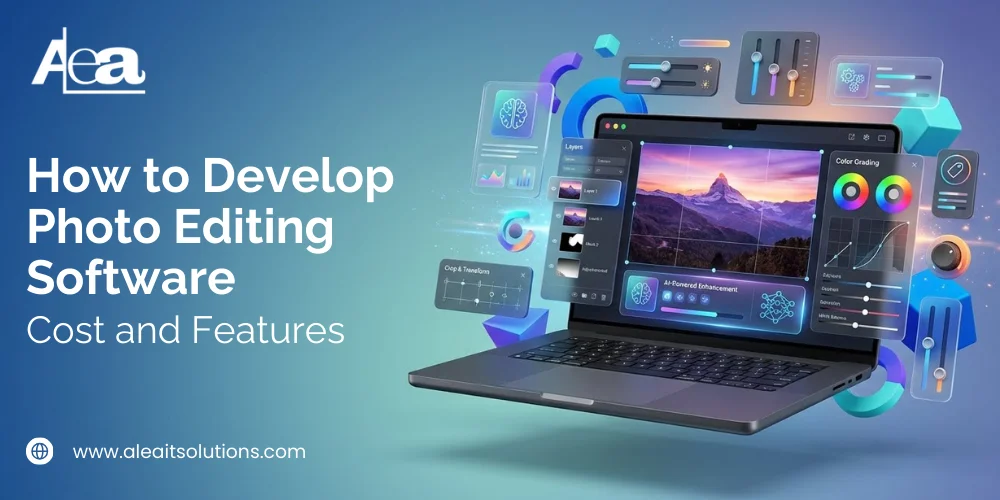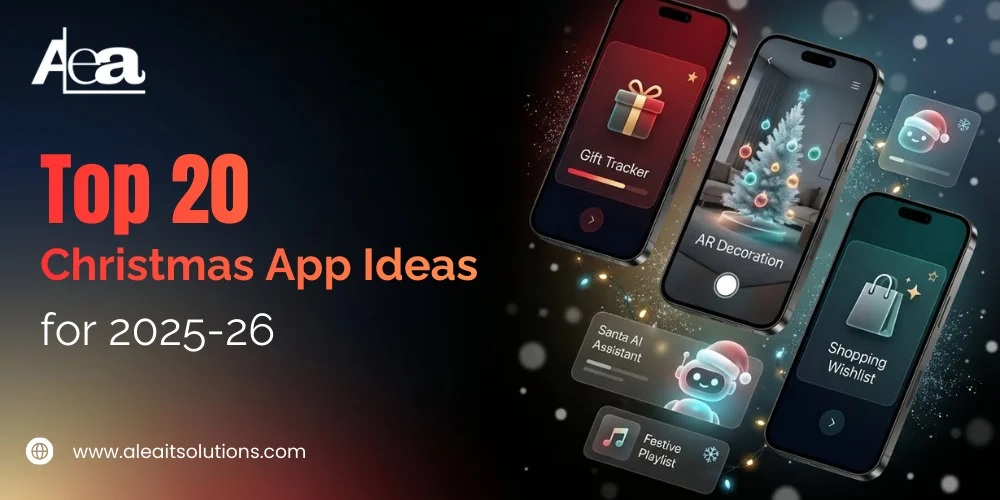In today’s world, almost everyone has a smartphone, and along with different types of mobile apps. Whether you are scrolling through social media, ordering food, playing a game, or checking email, mobile apps have become an essential part of our routine. But do you know that there are different types of mobile apps? Let’s break it in a simple way.
1. Native Apps
The native apps are specially made for a special operating system, such as iOS or Android. This means that they are written in languages like iOS for Android and Swift for Kotlin or Java. Benefit? The native apps are super fast and reliable as they are tailor for platforms. They can easily reach the device hardware features such as cameras, GPS and microphone. However, since they are made for a specific system, they do not work on other platforms, meaning that developers often have to make two versions of the same app for Android and iOS.
Examples: Instagram, Spotify, WhatsApp.
2. Web Apps
Unlike native apps, web apps are not installed on your phone. These apps run in your browser, such as chrome or safari. They are basically websites that look like a mobile app and behave, but do not need to download. Although they are easier and cheap to develop compared to native apps, they do not provide equal display or access to your phone features. In addition, they require an internet connection to function properly.
Examples: Google Docs, Evernote (when accessed via a browser).
3. Hybrid Apps
As the name suggests, hybrid apps are a mixture of native and web apps. These apps are designed using web technologies (eg HTML, CSS, and JavaScript), but are wrapped in a native shell, meaning that they can be downloaded and installed like a native app. Hybrid apps are cheap and faster to develop compared to indigenous apps, and they can work on many platforms. However, they often renounce some performance and functionality compared to the native apps.
Examples: Twitter, Uber, Gmail.
4. Progressive Web Apps (PWAs)
PWAs are like the next generation web apps. They look and feel like a mobile app, but they walk in a browser. What sets them apart from regular web apps is that PWAS can work offline and send push notifications. They are responsible, which means they are suited to different screen sizes, and can be installed on the device without going through the app store. PWAs are becoming more popular due to their simplicity and widespread access.
Examples: Pinterest, Starbucks.
5. Gaming Apps
One of the most popular types of mobile apps, gaming apps have millions of users worldwide. These can range from simple games such as candy crush to complex like PUBG or Call of Duty. Gaming apps are often highly interactive and require high performance, causing native apps to become a popular option for game development. With the rise of mobile gaming, more advanced and graphically intensive games are being made for smartphones.
Examples: Clash of Clans, Pokémon Go, Among Us.
6. Lifestyle Apps
These apps help with daily activities and cover a wide range of areas such as fitness, dating, music, travel and more. The goal is to simplify or improve various aspects of life. Whether he is helping you stay fit, meeting new people, or resting with music, lifestyle apps play an important role in making your daily routine easier.
Examples: Tinder, Headspace, Airbnb.
7. Business Apps
Business or productivity apps help professionals with their day-to-day functions. From managing emails, to-do lists and files, from organizing and cooperating on the meeting, the business apps are all about improving productivity. These apps should be one for businesses that are looking to keep things systematic.
Examples: Slack, Zoom, Microsoft Office Suite.
8. E-commerce Apps
With e-commerce apps, shopping is truly on your fingers. These apps allow users to browse, buy and pay for all products or services within the app. E-commerce apps are designed to provide easy payment options, product filters and a smooth shopping experience with user-friendly interfaces. Mobile shopping is growing rapidly, and many brands have apps dedicated to their customers to buy easy.
Examples: Amazon, eBay, Flipkart.
Conclusion
From native to web apps, gaming to business apps, the diversity of mobile apps is endless. Each type provides a different experience and meets different requirements. If you want speed and reliability with a native app or cost effective flexibility with web apps, there is something for all.
Finally, the mobile apps are about making all life more convenient, and as technology develops, we will only see more innovative apps shaping our daily lives.




